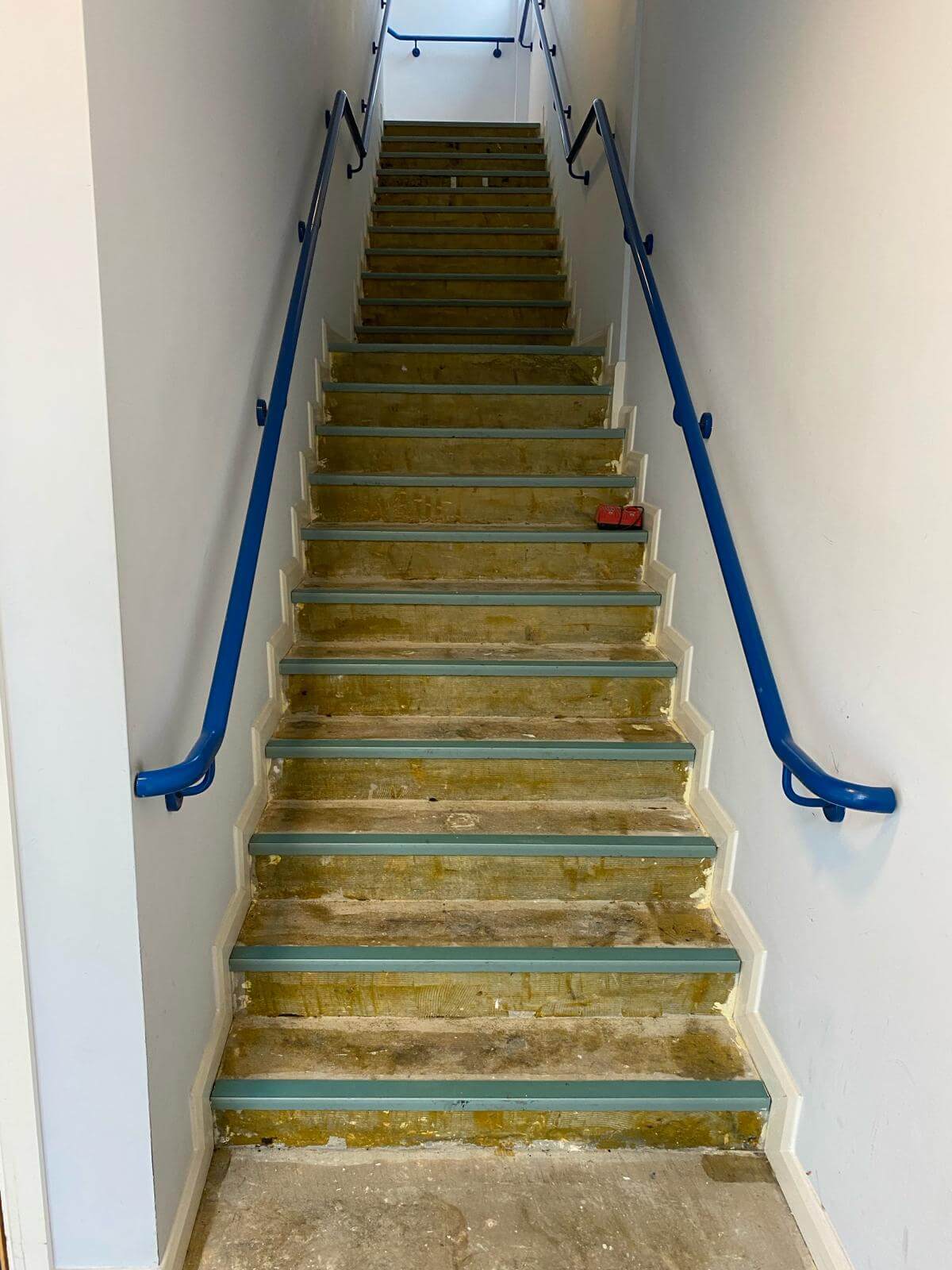
Dilapidations Help for Tenants and Landlords
Commercial Dilapidations London takes pride in satisfying landlords and tenants across London and the South East. Our highly trained professionals use the latest tools and technologies to tackle even the most complex projects. Whether you want to protect your property investments or require a full office refurbishment, we've got you covered.
For tenants, it’s essential to understand that you must restore the property to its original state at the end of a commercial lease, as outlined in the "Schedule of Dilapidations." Our expert team will handle all necessary repairs and refurbishments efficiently, ensuring the process is seamless from start to finish. You can trust us to manage all aspects of dilapidation work with complete confidence and expertise. Below, we discuss the critical considerations landlords and tenants should consider during dilapidations.
The Problem with Dilapidations Pricing
One of the significant challenges within the dilapidations market is that landlords commission the repair work, but it's the departing tenants who bear the cost. This lack of direct involvement by tenants often leads to inflated pricing, as some contractors hired by landlords may take advantage of this situation. At Commercial Dilapidations London, we work with both parties to ensure transparent and fair pricing, addressing these concerns for landlords and tenants alike.
Are you a Landlord or Tenant in need of a Reliable Office Dilapidations Specialist in London
If you need a reliable office dilapidations specialist in London, look no further than Commercial Dilapidations London. With extensive experience, we provide expert guidance and tailored solutions to landlords and tenants. Our comprehensive services include dilapidation surveys, lease negotiations, dispute resolution, building strip-outs, repairs, and reinstatement works. We focus on preventing disputes while safeguarding your rights throughout the process. Contact us today for a consultation and experience peace of mind knowing your dilapidation needs are in capable hands. We also specialize in high-quality strip-out services across London and the South East. Our team excels in complete property transformations, utilizing the latest technology to handle even the most complex projects. From dilapidation surveys to strip-out services and repairs to reinstatements, our dedication to customer satisfaction ensures top-notch results and a hassle-free experience. Contact us today to discuss how Commercial Dilapidations London can help transform your property.
What Service Do You Require?
We offer a wide range of services, including Dilapidations contractors, Dilapidations services, Dilapidations repair works, Dilapidations specialists, Commercial property dilapidations, Dilapidations in lease agreements, Strip-out services, Property refurbishment Building repair, and maintenance Property transformation Tenant improvement works Leasehold property management Dispute resolution and litigation support Comprehensive dilapidations solutions Dilapidations surveys and reporting.
Our office refurbishment services include everything from strip-out work to repairs and new installations. Our strip-out services cover removing electrical systems, plumbing, heating, gas, furniture, fittings, partition walls, air conditioning units, and old carpets. Our repair work aims to restore the office to its original condition, including internal repairs, decoration, flooring fixes, and deep cleaning. We also provide new construction services such as installing stud walls and partitions, suspended ceilings, electrical systems, workspaces, kitchen units, WCs, and more. We ensure a complete office refurbishment tailored to your needs, delivering results surpassing your expectations.
Contact Us



